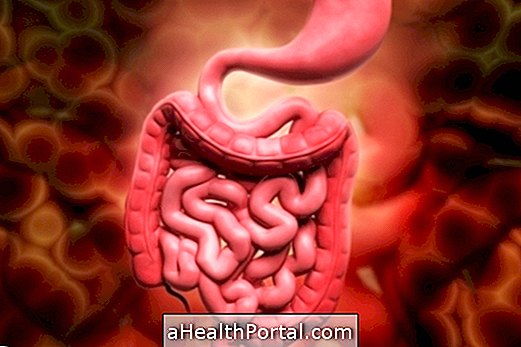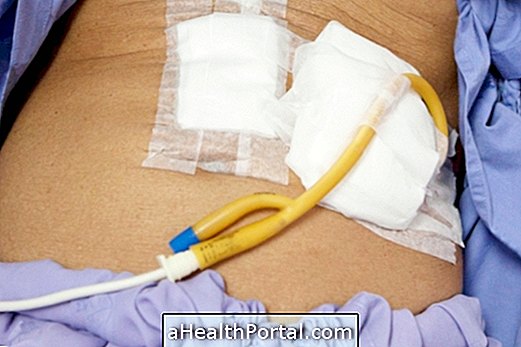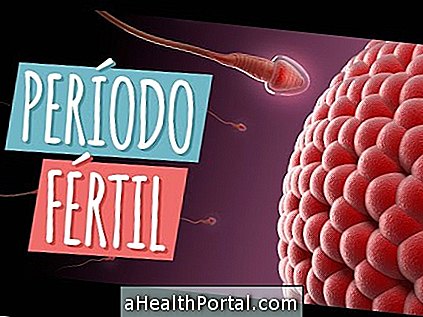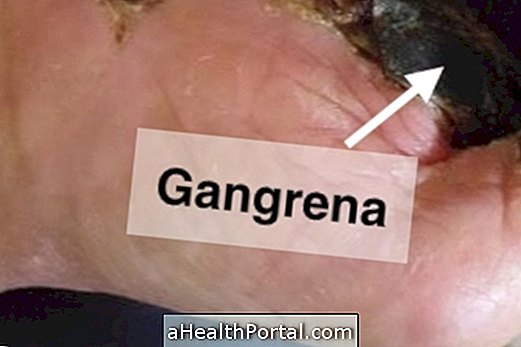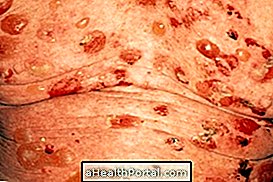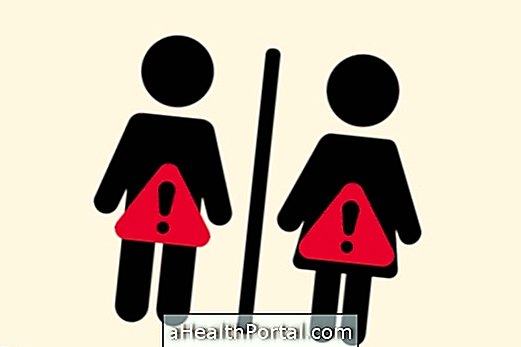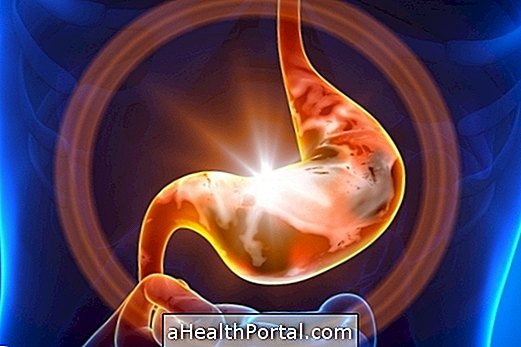The appendix is located in the right lateral portion of the body, near the intestine, and has a shape similar to the finger of a glove, which means that there is an entrance door, and is itself the exit door. Any organic change that obstructs this passage causes the appendix to ignite. The presence of feces in its interior, direct traumatism and the genetic factor are the most frequent causes of appendicitis. Learn how to identify appendicitis.
The most characteristic symptom of appendicitis is pain in the right side of the abdomen, which can also be accompanied by nausea, vomiting, loss of appetite and fever, for example. It is important that in the first symptoms of appendicitis, medical help is sought for treatment to avoid complications. Know the Symptoms of Appendicitis
Place of pain
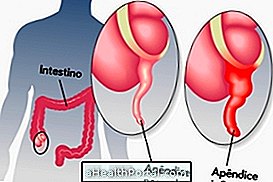

The pain of appendicitis is characterized by being strong and constant and happening on the right side of the abdomen and underneath. Initially the pain is concentrated in the central region of the abdomen, and can be described as diffuse pain around the navel, for example, but after a few hours the pain is already perceived in a more defined location.
Although pain on the right and below is characteristic of appendicitis, this pain can also occur in other situations, such as Crohn's disease, inflammation of the intestine, right ovary cyst and inguinal hernia. Check out other causes of pain on the right side of the abdomen.
Pain in left side underneath
Pain in the left side of the abdomen and underneath is rare to occur in appendicitis, however this pain may indicate pancreatitis, inflammation of the intestine, excess gas, inguinal hernia, or cyst in the left ovary, in the case of women. Know the most common causes of back and abdomen pain.
What to do
When the pain on the right side and lower abdomen is constant and accompanied by other symptoms such as fever, loss of appetite and nausea, for example, it is important to go to the doctor to have the diagnosis and treatment determined.
The diagnosis of appendicitis is made through clinical examination, in which the doctor evaluates the symptoms described by the patient and palpates the abdomen, as well as laboratory and imaging tests, such as ultrasound of the abdomen, which allows visualizing the appendix and signs of inflammation.
If the diagnosis of appendicitis is confirmed, the treatment option is surgical removal, called appendectomy, which should be done preferably within the first 24 hours after diagnosis. Learn how surgery is done for appendicitis and how recovery is done.


